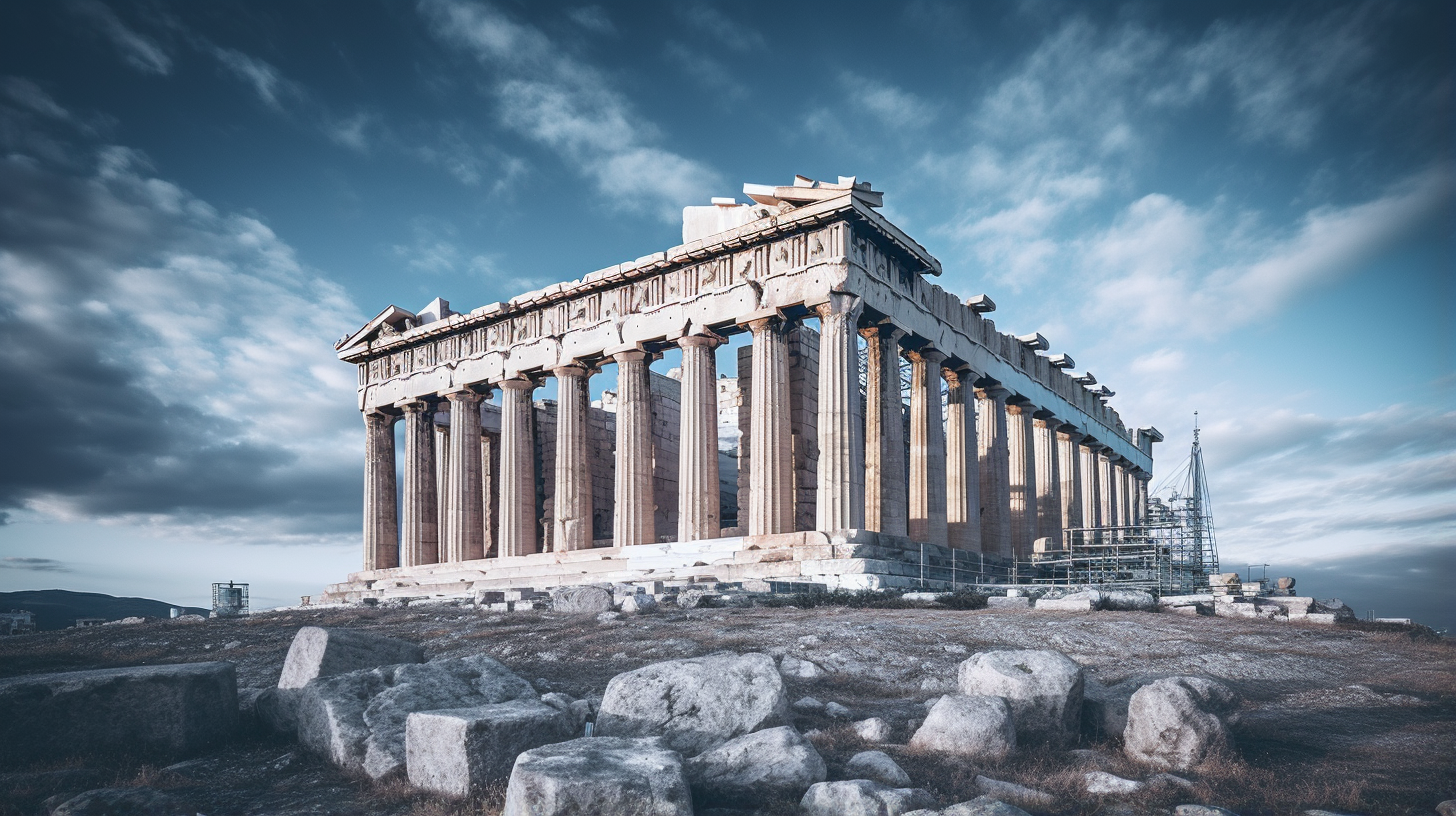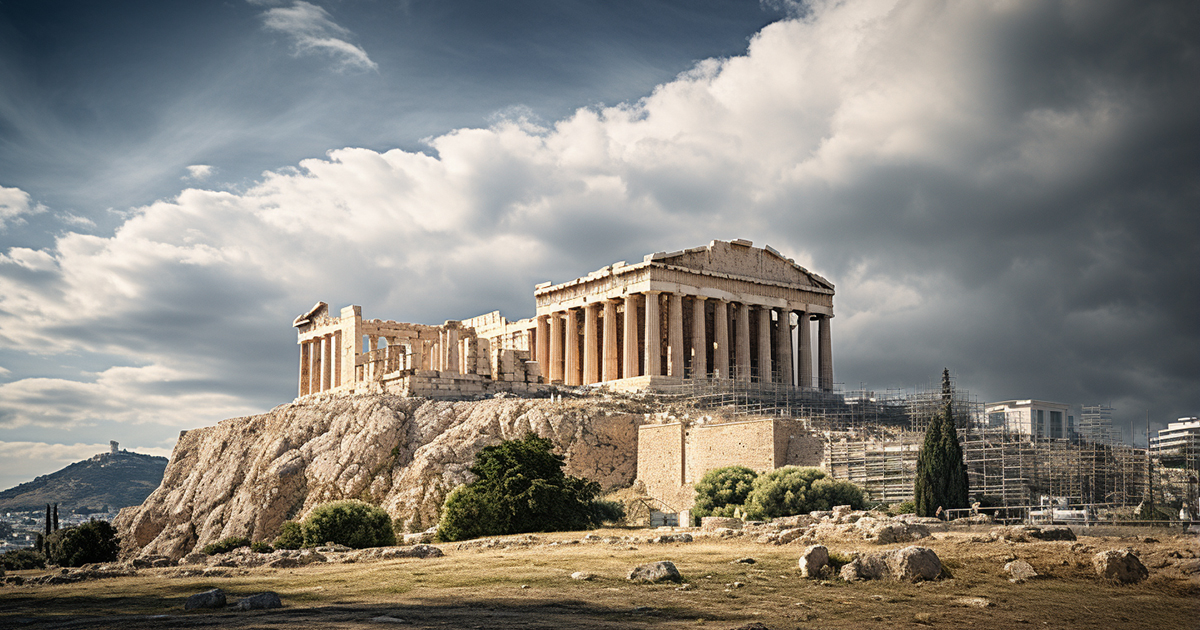Glimpsed high atop the lively streets of Athens stands the Parthenon, an ageless marvel that has mesmerized people worldwide for centuries with its stunning marble and grand appearance on the Acropolis, reflecting the Greeks’ expertise in architecture and aesthetics.
Beyond its facade of perfect symmetry lies a celestial harmony waiting to be discovered.
Ordered in the 5th century B.C. by the famous Pericles to commemorate the Athenians’ triumph over the Persians after a lengthy siege, the Parthenon embodies a time of cultural flourishing in Athens, resulting in artworks, literature, and structures that still spark our imagination.
The temple, radiant in its marble magnificence, represented quintessential Greek temple architecture, leaving onlookers in wonder.
While the flawless exterior of the Parthenon impresses, it conceals an intriguing secret—the intentional imperfections fashioned by the ancient Greeks, skilled not just in geometry but also in constructing optical illusions.

They mastered the art of optical illusions, using it to create an apparently seamless structure.
While the columns appear perfectly aligned from a distance, a closer inspection reveals a subtle lean towards each other, designed to meet if extended—an engaging deception orchestrated by the builders.
Additionally, the columns are not uniform cylinders; they gently bulge in the middle, a deliberate deviation from perfection to counter optical illusions perceived by our minds.
The precise incorporation of optical illusions by the Greeks into the Parthenon aimed to merge the mortal with the divine, as in ancient Greece, the divine equated flawlessness, and the temple aspired to embody this ideal.
Every imperfection and illusion was a conscious choice to imbue the temple with a divine essence, serving as a connection between the earthly and the divine realms.
Enjoy the Video:
As we gaze upon the Parthenon today, we not only admire a peak of architectural brilliance but also witness humanity’s longing to transcend towards the divine.
The purposeful flaws of the temple remind us that in our pursuit of perfection, we often uncover a deep connection to something beyond ourselves—a perpetual journey to link the earthly and the divine, echoing the ancient Greeks through the extraordinary construction of the Parthenon.
